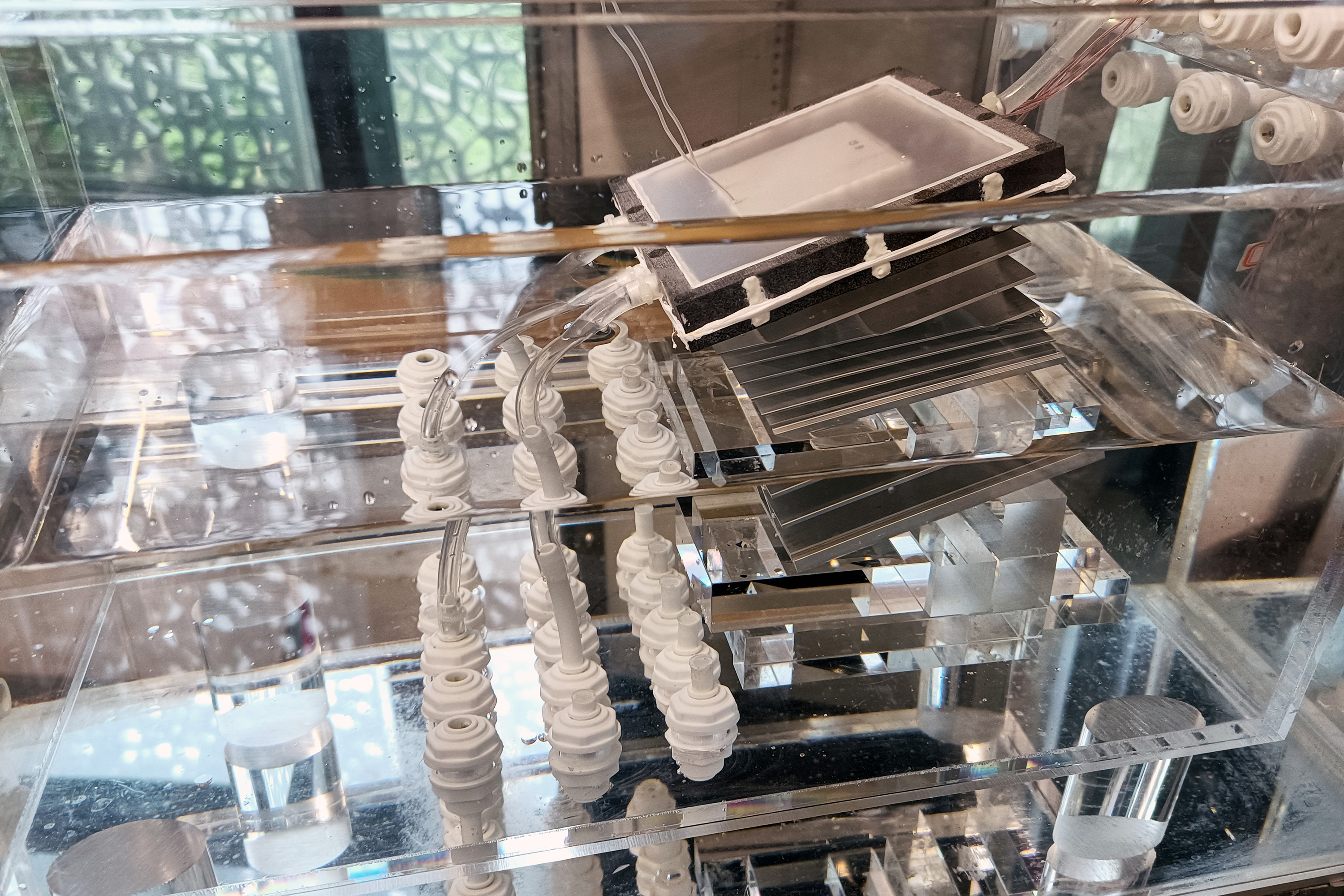Engineers at MIT and in China are aiming to turn seawater into drinking water with a completely passive device that is inspired by the ocean, and powered by the sun.
In a paper appearing today in the journal Joule, the team outlines the design for a new solar desalination system that takes in saltwater and heats it with natural sunlight.
The researchers estimate that if the system is scaled up to the size of a small suitcase, it could produce about 4 to 6 liters of drinking water per hour and last several years before requiring replacement parts. At this scale and performance, the system could produce drinking water at a rate and price that is cheaper than tap water.



What does that have to do with anything?
limestone deposited by water leads to a hard, not easy to remove build up as it will not readily redissolve into any water, unlike salt, that will gladly let its self be dissolved via osmotic pressure until the maximum salinity of water is reached
seawater for example has around 34-35 ppt salt, water is satisfied at around 260ppt, meaning that one saltwater flush of the system will clean out basically all the salt of like 7 prior runs